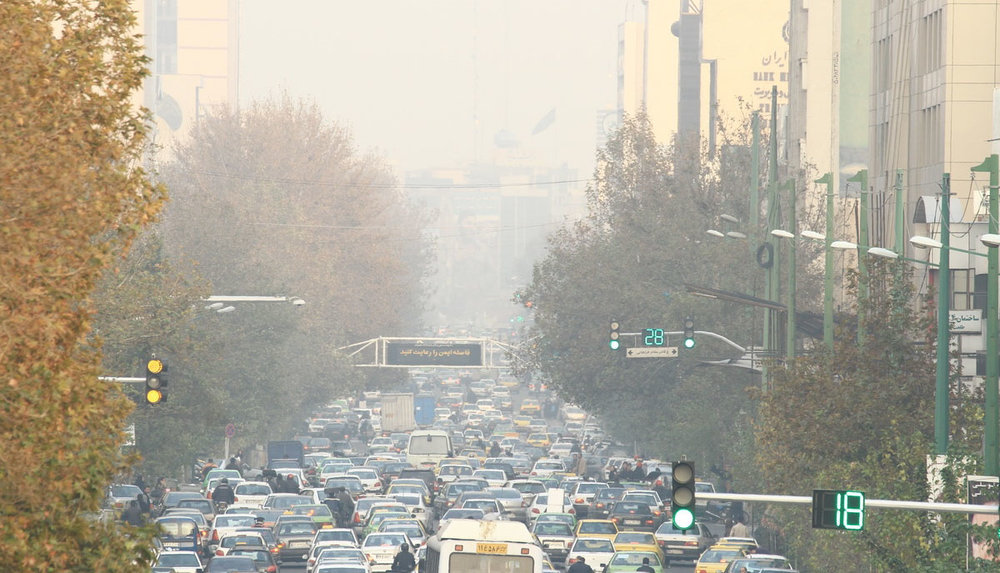The tangled web of air pollution in Tehran

TEHRAN — Air pollution, the recurring nightmare of Tehraners from which there is no waking, is a complicated saga of the busy capital of Iran.
Tehran, a city with some 9 million residents, is experiencing its worst days with the lowest precipitation amounts and subsequently most polluted days with no rain or snow.
Schools are being closed from time to time, pollutant industries are shut down temporarily and high-emission vehicles are banned from the streets, but for how long we are going to take such band-aid measures to mitigate air pollution.
Revising traffic schemes
The 4-decade-old odd-even traffic scheme is a method of rationing in which access to the streets for private vehicles is granted on alternating days, according to whether the last digit in their license plate is even or odd.
Criticized as being inefficient the scheme is going to go through extensive changes for the next year. While people could pay for monthly, weekly or daily permits to enter traffic restricted zones only some 98,000 individuals could obtain a permit to enter the zone all year round regardless of any restrictions.
However, within the framework of the newly proposed scheme everyone will be able to enter the traffic restricted areas with paying taxes depending on the zone they wish to enter.
Entering the city center, considered as the most polluted and heavily congested area, is costlier and the further the zone is from the city center the tax will be cheaper.
This way, as some officials believe, the new scheme will eliminate the discrimination that exits in favor of a small group of people who can actually enter the zone all year round with paying small charges.
However, many still think that the scheme needs more detailed and in-depth researches and that’s why Tehran city council have not approved the scheme yet.
While the details of the new scheme are not revealed yet, on the surface, it seems that the scheme would only profit the musicality while it might fail to fulfill its main purpose which is to abate air pollution.
Inefficient law, rising clunkers
Vehicle inspection, a procedure mandated by the governments to ensure that vehicles conform to regulations governing safety and emissions, are being executed nationally and thanks to the newly set up systems the possibility of flouting the law is almost zero.
So vehicles which fail to conform to the safety and emission regulations will be banned from the streets until they are fixed. Also, being tracked down by the speed cameras installed on the streets drivers will face $12 fine every time they use their cars.
However, the 4 year interval for newly produced cars is proving the law inefficient. Moreover, the motorcycles, being considered as even greater sources of air pollution by releasing pollutants four times more than the cars, are except from vehicle inspection.
Furthermore, while the average age of a car at scrappage in 2015 reached 13.9 years some clunkers aging over 20 are still plying the streets.
The old trucks running on diesel engine are also causing great deal of pollution in metropolises.
While there is a simple solution to resolve the problem of clunkers by enforcing the law to scrape one car in exchange for the each one being domestically produced the law, though approved in at first, was repealed soon after.
But it seems that the substandard auto industry’s economic benefits outweighs the health of the people who are inhaling the suffocating air.
While the situation seems to be complicated there are available solutions to solve the issue, what we need is a body to make firm decisions, however hard that maybe, once and for all.
Conforming to world standards might prove to be expensive and time-consuming but currently we are risking the health of millions of people in exchange for the benefit of a small group of people who are actually taking advantage of the current conditions.
MQ/MG
Leave a Comment